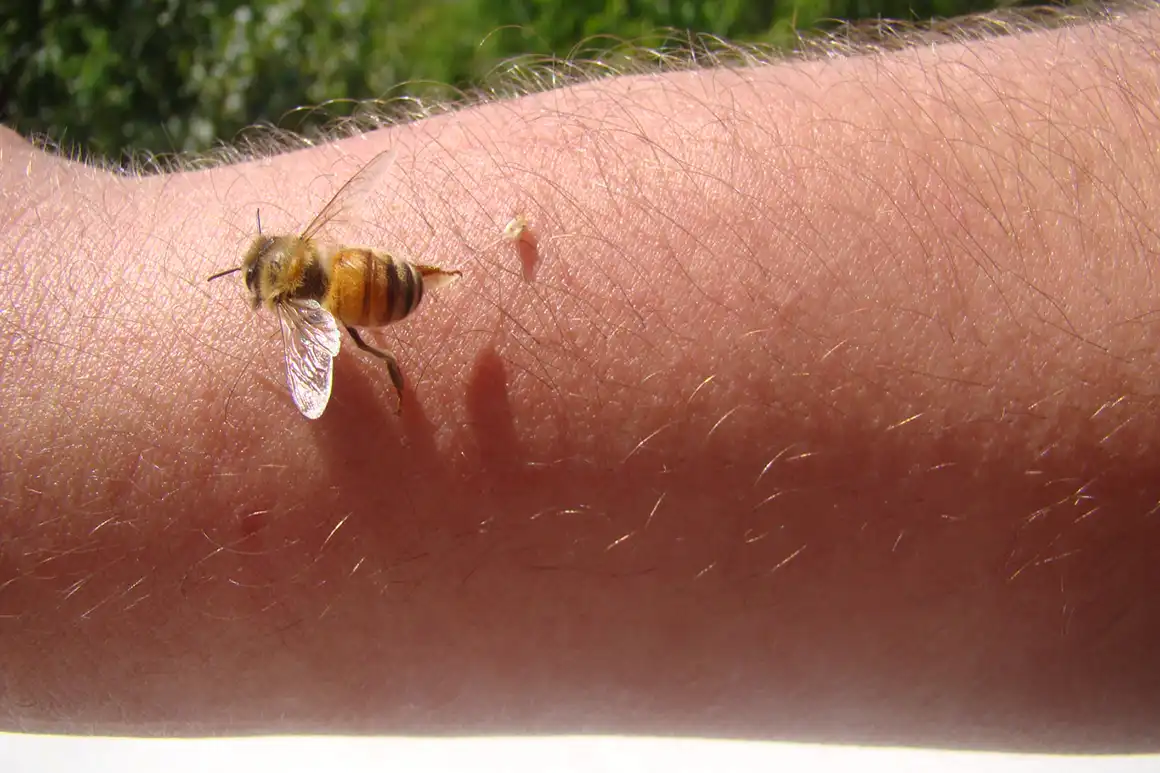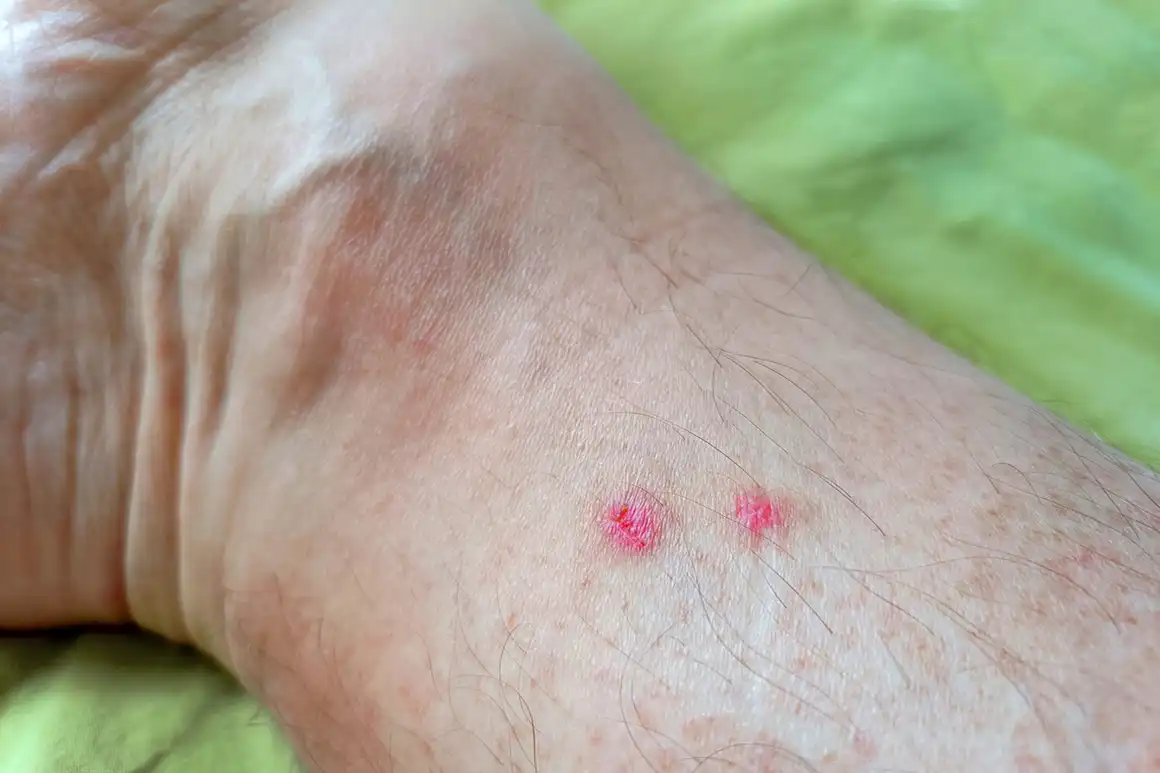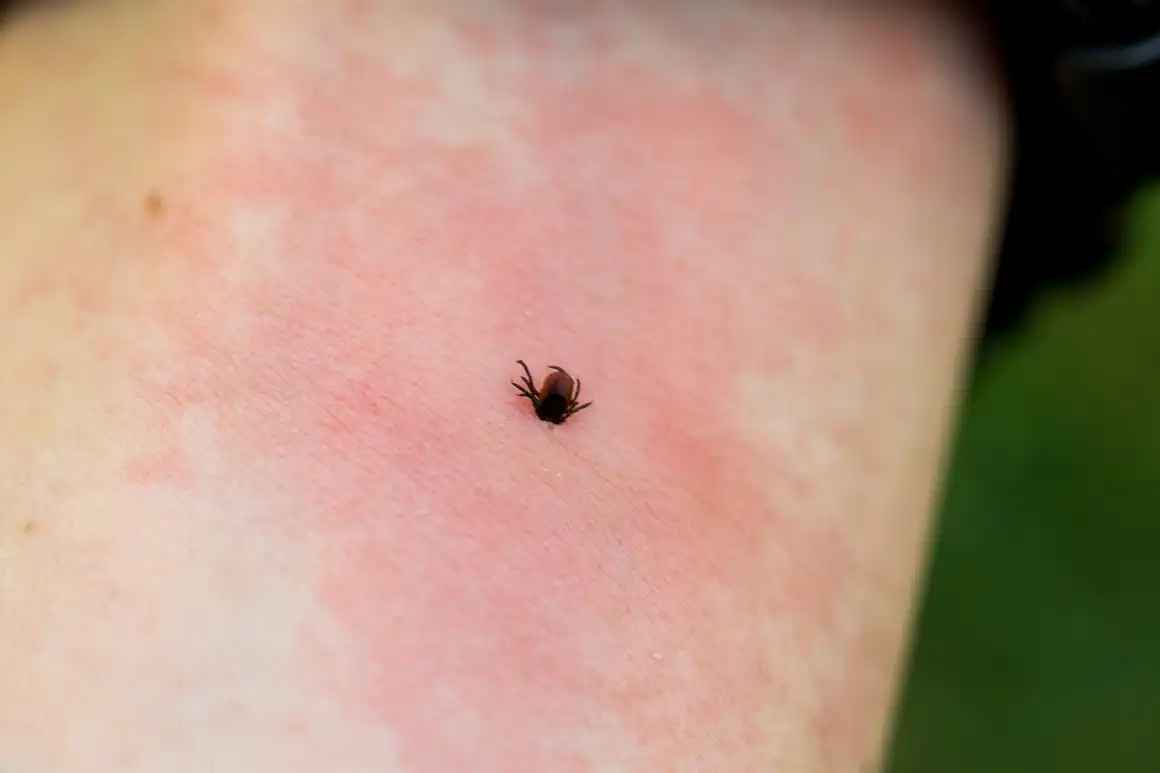
How to know which insect has stung you
We present to you a practical guide to recognize the bites of most common insects in summer.
One of the feelings that are repeated most in the summer is that of discovering insect bites on your skin. Soreness, itchiness, red skin and one or several lumps that give the game away. However, it is just as common to realise that we don’t know exactly which insect is the culprit. Here, we explain the main differences in order for you to find out.
Take care with the symptoms!
Although most bites and stings are harmless, the transmission of diseases or any allergic reactions that they might cause must be taken into account. We must consult a doctor if the inflamed area around the sting or bite spreads a great deal or if welts appear in other areas of the body. A high temperature is, under no circumstances, a normal symptom. If the area is very inflamed, hard, red and hot, or it hurts, it is possible the bite or sting has become infected.
The eight most common bites

Mosquito
1 of 8
This is the most common bite in spring and summer. It usually looks like a round or oval-shaped welt, with a head in the centre.

Wasp
2 of 8
Its main characteristics are the significant pain and stinging during the first days. The area around the sting becomes swollen and red, leaving an isolated spot at the centre.

Bee
3 of 8
ery similar to a wasp sting, bees leave a stinger behind in the skin that must be removed. It is important to scrape it off instead of removing it with tweezers, as this could make the poison sac that is still inside the skin burst.

Ants
4 of 8
Although they do not sting as such, they bite and several of them can do this at the same time. The skin reacts with a small reddened rash, often with spots of pus, similar to a blister.

Bedbug
5 of 8
They bite in groups; therefore they are recognised due to leaving an area of the skin marked with many reddened rashes, often in a zigzag shape. They usually itch intensely. They are found in furniture, mattresses or sofas.

Flea
6 of 8
These are similar to bedbug bites and they appear in groups, although in a smaller quantity (three or four bites in a straight line). They appear more frequently on the lower part of the legs and in humid areas of the body, such as armpits or the scalp.

Spider
7 of 8
There are usually two bites close together, which as in the other cases, reddens the area around them. They usually take longer to heal than bites or stings by other insects.

Tick
8 of 8
Sus picaduras son de rojo intenso y pueden provocar erupciones y sensación de ardor. Podemos encontrar el cuerpo de la garrapata enganchado a nuestra piel, en cuyo caso hay que actuar con cuidado y extraerla delicadamente con una pinzas. Suelen picar en zonas cálidas y húmedas del cuerpo.




